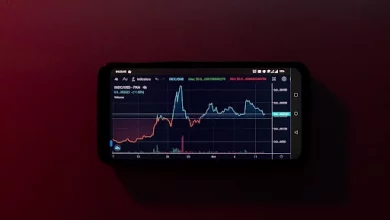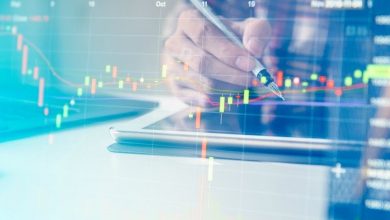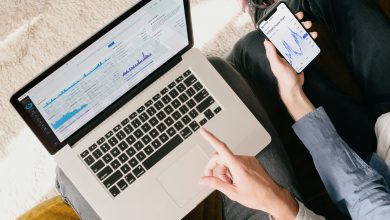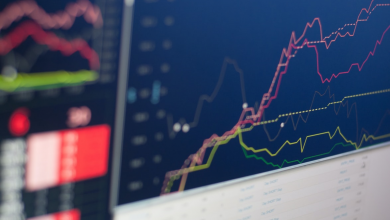How to Start Forex Trading in India for Beginners 2021
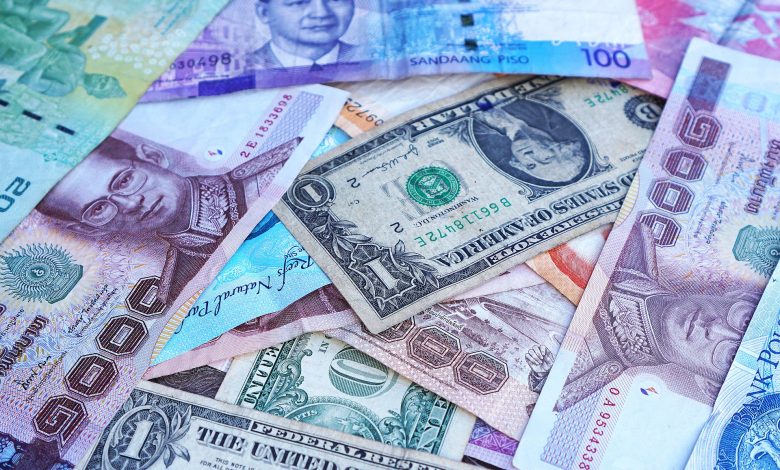
Forex trading is a booming profit-making activity in India, and no one wants to be left out. The good news is, it’s not complicated at all. Here is how to start forex trading in India.
The currency market, often referred to as the FX market, is a decentralized international trading market where investors exchange derivatives such as currency pairs, options, and cross-currency futures. Forces of supply and demand regulate the market.
Definition of Foreign Exchange Trading
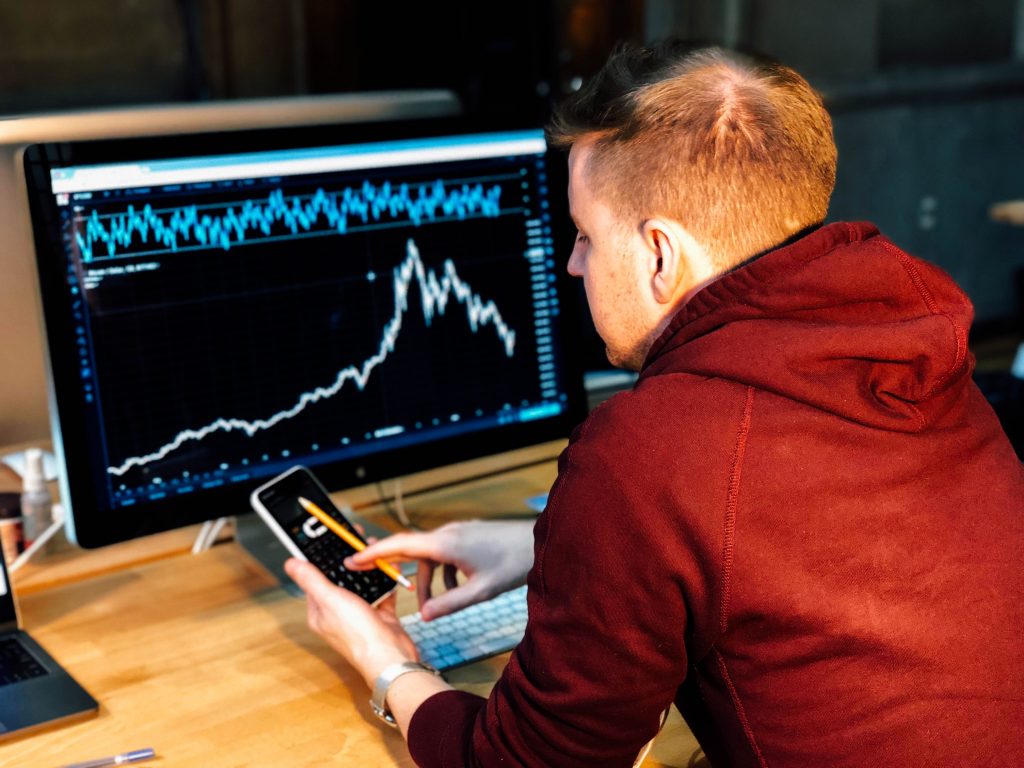
Currency or FX trading refers to purchasing and selling currency pairs used for speculation, arbitrage, and speculation. Traders will purchase these pairs and sell them when the price is higher to make a profit.
Common Terminologies in FX Trading
Here are some common terms traders need to understand before trading.
- Currency pairs– refers to currencies being traded, such as GBP and USD.
- Leverage– this is the margin that determines the outcome of a trader’s investment.
- Bid and ask– the bid is the price at which a currency is bought, while the “ask price” is that by which a currency is sold.
- Spread – the price difference between the sale and buy rates and determines whether a trader makes a loss or gain from forex trading.
- Pip- a pip in price – the smallest percentage change an exchange rate can make.
- Lots – the trading units of currencies.
- Trading style – traders have different trading styles in line with their risk appetites.
Factors to Consider Before Currency Trading
- Leverage– this is the multiplier or margin for which traders take up positions. Brokers provide varying levels of leverage, ranging from 50:1 up to 300:1, meaning that with just $100, you can trade positions of up to $30,000. Technically, the more the leverage ratio, the higher the risk and the higher the gains or losses.
It’s easy to lose money due to misuse of leverage, so traders need to educate themselves on the appropriate level of leverage to use. When getting started, lower leverage between 5:1 and 10:1 is best, and takes time to build up as expertise increases.
The prudent way to use leverage is to ensure a comfortable level of leverage to limit losses. A trader should also limit each trade position to a maximum of 2% of the capital.
- Trading fees and commissions– unlike stock trading, forex traders have direct access to market makers. You, therefore, won’t be required to pay fees and commissions on each trade. Different firms offer varying spreads with differences as minor as one pip. Ensure to check the spreads offered by various firms before you start trading.
- Other factors– these are factors such as services offered by a broker, whether the broker is regulated, market participants, and the countries in which the firm is regulated. Different brokerage houses offer education support for beginners.
How to Trade Currency in India
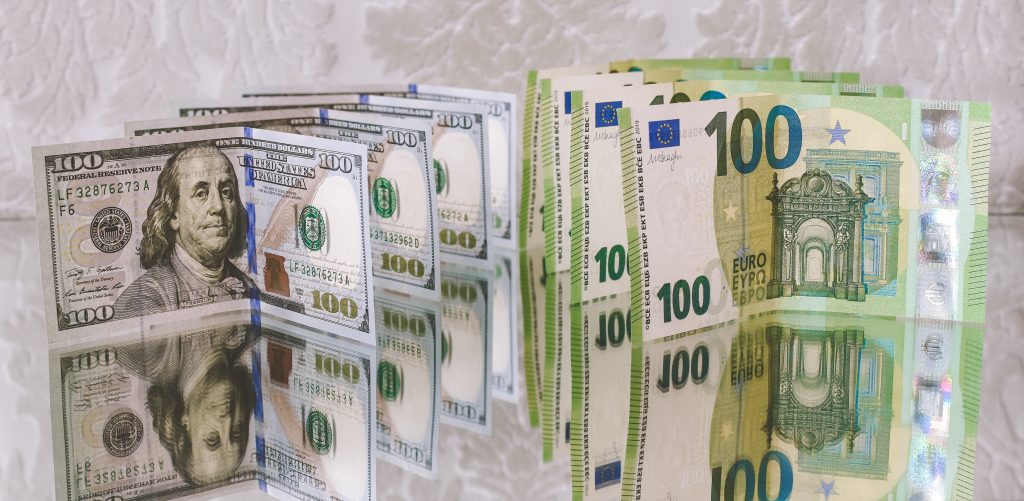
There are two ways of trading currencies in India; buying and selling and purchasing derivatives.
- Buying and Selling
In this trading method, a trader purchases a currency pair with the prediction that it will go up, and they benefit in the process. For instance, if they buy a GBP/USD pair at 1.31 and it increases to 1.35, they gain from the difference.
- Use of Derivatives
You can also trade forex using options and forwards collectively known as derivatives. An option gives a right to purchase or dispose of a currency pair at an agreed-upon amount at a predetermined date. A futures contract creates a commitment to buy the currency at a future date. Derivatives can be a bit complicated initially, but it becomes easier to understand with time.
Types of Trading Orders
Now that we have covered how to start trading and factors to consider before trading, here are the types of trading orders you can place as a trader.
- Market or Limit Order
This is the first order to open a specific position. A market order takes a position at the available exchange rate and is executed immediately. A limit order is set at the exchange rate you want to buy and is executed when the rate comes to the predetermined limit.
- Take Profit Order
A trader who intends to secure gains can place this order. For instance, if they are sure that the GBP/JPY will reach 1.314 but unsure whether it will go higher, they can lock the profits at that rate. The order will be executed when the rate reaches the set limits. Remember that it’s also possible that the rate may move up but not reach the predefined rate, in which case the order will not be executed.
- Stop-Loss Order
This is where the trader limits losses making it the opposite of take-profit order. In this type of order, the trader determines the maximum loss they can take on and places an order to stop at that point.
Popular trading currencies in India
- US dollar (USD): This is a globally accepted trading currency as it’s the most sought-after reserve currency. It pairs with every major currency, and it’s highly liquid.
- The Euro (EUR): It is the second most popular currency in the world. It’s used by multiple nations in the eurozone and is the second-largest currency reserve.
- The Japanese Yen (JPY): It is primarily traded in Asia. It reflects this strength of Japan’s export strength.
- The Great Britain Pound (GBP): It’s valuable due to its association with the USD and its high liquidity.
- The Canadian Dollar (CAD): It’s valuable due to the neighboring USD and association with crude.
Who can Trade Currency in India?
The primary participants in the Indian forex market include:
- Hedger-these participants hedge against unfavorable exchange rate movements using the currency market.
- Arbitrageurs– the primary goal of these players is to capitalize on the price differences of currencies.
- Speculators– these are participants whose aim is to make gains from the forex markets.
FX trading strategies
There are various strategies one can use when trading currencies in the FX market. They are classified into:
- Position trading– this is a strategy where the trader benefits from significant shifts in currency rates. It’s a long-term strategy requiring patience and skill.
- Scalping – involves trading currency pairs for small pips. The trade lasts between 30-60 seconds.
- Day trading – also known as an intraday. Positions close at the end of each day.
- Price action trading – involves analysis of the past price movement and deciding which resistance levels to support.
How to Start Currency Trading in India
The forex market in India is growing, and now might be the best time to start buying and selling. Here are the steps to follow.
- Contact your broker of choice- When choosing a broker, check that they are authorized by the Security and exchange board of India (SEBI) to carry out brokerage activities in India. The broker should also have a solid reputation among brokers and offer an accurate trading platform.
- Open a live trading account. Expect to spend at least Rs 120 depending on the broker you choose.
- Place your first order by logging into your account and make a deposit to start trading.
FAQs
Is it legal to trade forex in India?
Of course, but it’s only allowed through a SEBI authorized broker.
What is the difference between forex and currency trading?
The two refer to the same thing.
Is forex trading the same as gambling?
No, the two are very different.

